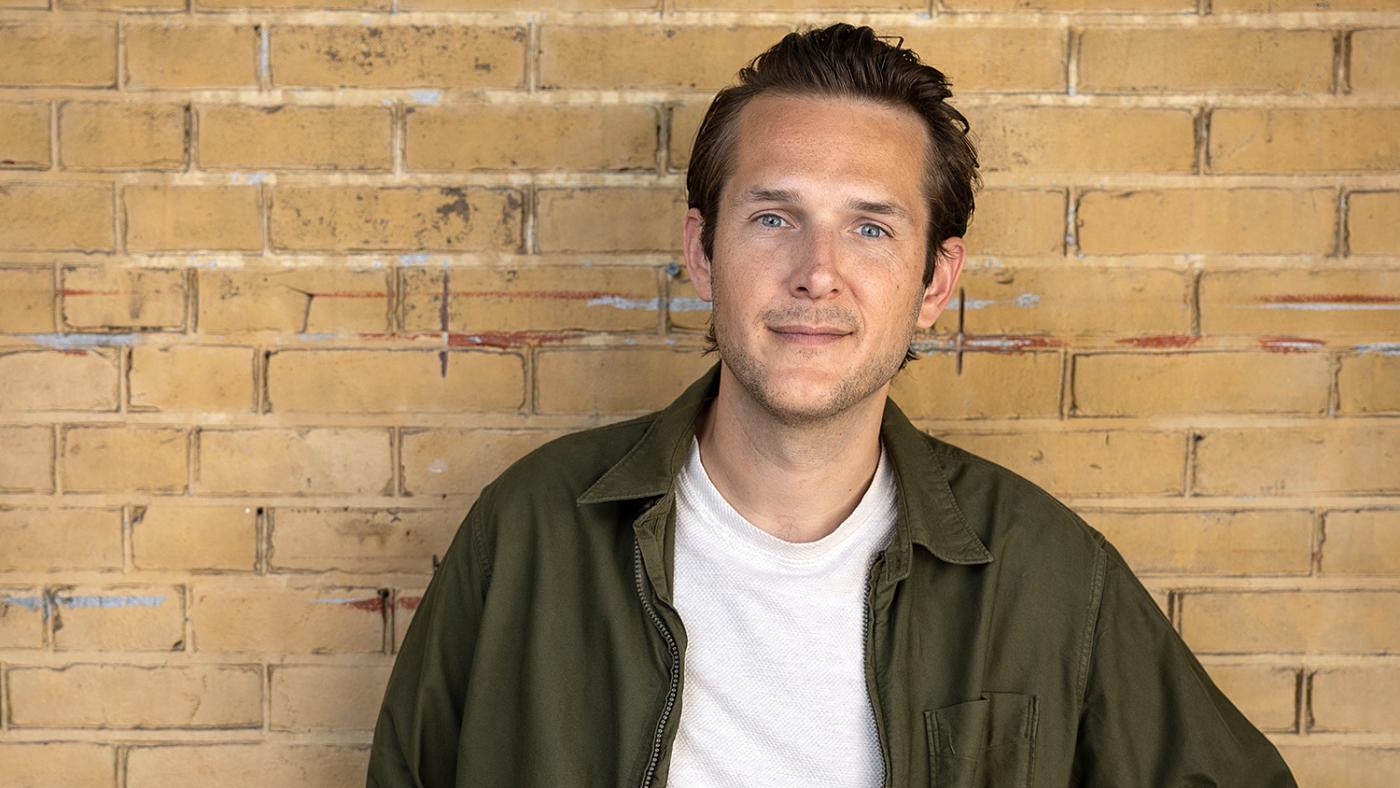Unitas alumnus shares tips in a book
What does it take to ensure a hazing ritual without excesses?

It has almost become a ritual in itself. Freshers join a student society and undergo a rigorous initiation process, during which something goes wrong. Someone gets physically or mentally injured and then goes to the media to denounce the situation. After the usual commotion, explanations and apologies, the storm subsides – at least until a similar incident occurs again the following year.
This is a frustrating cycle that needs to be broken. But how? Is it even possible to have a hazing ritual that is intense and formative, but does not cross the line? Barend Last thinks so. The former Unitas member compiled his reflections in a book titled De kunst van het ontgroenen (The Art of Hazing, in Dutch), published in August. In just under 250 pages, he interweaves personal experiences, scientific insights, and interviews with experts and experienced professionals.
Hazing twice
In his book, Last grapples with the following question: How can the same practice be so positive (people become friends for life, regain their self-confidence, get a sense of belonging, etc) but also so negatively (isolation, injuries, trauma)? The book concludes with a 52-page instruction manual that serves as a practical guide for anyone who wants to organise a "proper" initiation ritual.
If anyone could have written that manual, it would be Last. After all, he's been hazed twice: first, as a 17-year-old recruit in the navy and then as a new student at Unitas. A few years later, he became the president of Unitas' hazing committee. That's when things went wrong.
Last took a dislike to a fresher named Laura, who, in his opinion, behaved too casually and arrogantly. He humiliated her in front of the whole group, which led to her premature withdrawal and an angry father on the phone. Last, who is now a primary school teacher and a well-known education expert, says that the guilt he felt was one of the main factors that led him to write this book.
Like cutlery on the table
Those who pick up the book to indulge in juicy insider stories about Last's own hazing times may feel cheated. While he sprinkles examples from the Dutch hazing canon, he keeps his own cards close to his chest. For a long time, it doesn't get worse than tampons and tea bags in the mouth. But then, about halfway through the book, Last tells a story from his own fraternity hazing, in which he had to lie on a table as if he were a fork or a knife. Then he was doused with ketchup, mayonnaise and beer. When he posted something on social media, violating the gag order that had been imposed, he was hit so hard on the cheek that his tooth was loose for a while.
This would be an ideal point to start a plea against the stifling atmosphere that prevails in places that rely too much on traditions without a rational basis. However, that does not happen. Last remains a mere observer of the hazing rituals and reveals little about his own opinion. Everything is examined in detail from both sides: public hazing can be humiliating, but also bonding. Severe physical trials can be formative, but also destructive.
This is also because Last takes a very simplistic view of the concept of hazing. He even includes induction days at Zuidas companies and military training in his conception of hazing, which results in a range of interesting anecdotes, but the focus becomes somewhat diluted.
In addition, Last eagerly cites a number of psychological theories, to the extend that one cannot help but wonder to what extent those are related to what happens during hazing rituals. For example, he writes: "In recent years, psychologists have treated several students because of their experiences in fraternities. Psychology even has a term for it: complex trauma." Everyone understands that hazing can be traumatic, but to label it with such a heavy diagnosis seems a bit simplistic to me.
Everyone wants to be a leader
The short interviews make up for Last's on-the-fence attitude. The experts interviewed are much more outspoken. According to anthropologist Danielle Braun, adolescents in societies with many rites of passage to mark the different stages of life tend to have fewer problems. In the Netherlands, kids have to make do with an eigth-grade musical, which results in large groups of recalcitrant adolescents.
According to former USC member Maarten van Rossem, hazing ‘gives people the opportunity to show their basic wickedness’. The renowned historian has no fond memories of his initiation: ‘The ones who bully are the leaders. And everyone wants to be a leader.’

The lowest girl of the year
The strongest part of the book is undoubtedly the ten-page section on gender differences within student associations. Last demonstrates a keen eye for the plight of transgender and non-binary students, who are easily marginalised by rigid pigeonholing.
The hazing rituals described make it painfully clear how deeply gender stereotypes are embedded within Dutch student associations. Women are humiliated for their sexuality, while men are forced to display it publicly. At the Groningen-based association Vindicat, for example, members write a yearly song about “the lowest girl of the year”. At the same time, during hazing, men are encouraged to kiss each other, supposedly as a “test”. This is not so much about pushing boundaries as it is about confirming heterosexuality as the norm.
Holding a dick pot
The book's message is that a good initiation ritual does not need any of these things. There are plenty of ways to engage freshers without the risk of going too far, he argues. As long as basic rules such as “voluntariness is sacred” and “there is a higher purpose” are respected, things should be okay.
According to the author, creative expression, such as performing a play together or telling a coherent story from scratch, is preferable to persistent shouting and compulsory nudity in public. Symbolic “equalisers”, such as having all freshers wear the same clothing, are good. Excessive alcohol consumption is better left for later, after the initiation.
I started this book hoping to know whether hazing is still appropriate in this day and age. I did not find that answer. However, I learned more about the science that applies to the concept and acquired some interesting facts about the history of the university and its societies.
Hazing will always exist, in one form or another. It is up to everyone in a position of power not to lose sight of the human being on the other side. That is the art of hazing.
Barend Last, De Kunst van het Ontgroenen. Publisher: Nieuw Amsterdam. 19,99 euros.
Comments
We appreciate relevant and respectful responses. Responding to DUB can be done by logging into the site. You can do so by creating a DUB account or by using your Solis ID. Comments that do not comply with our game rules will be deleted. Please read our response policy before responding.